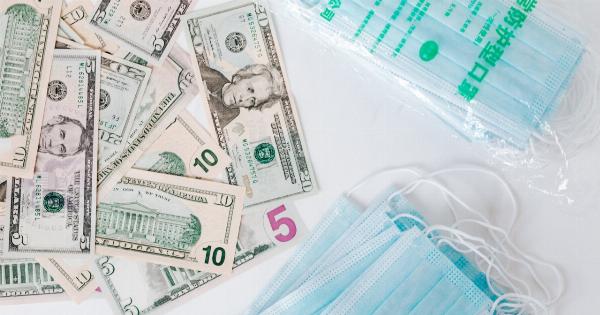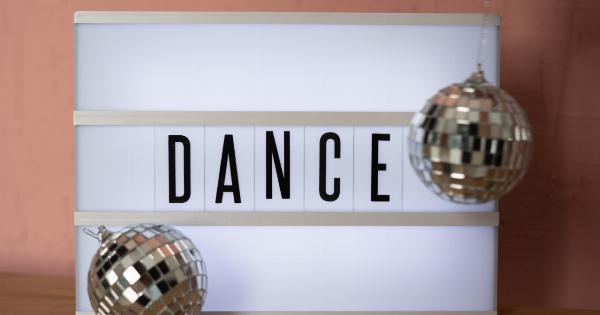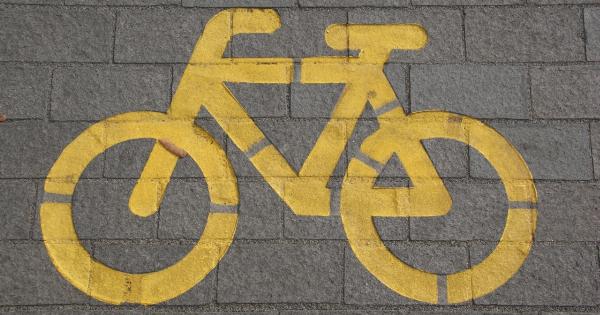A mini-stroke, also known as a transient ischemic attack (TIA), is a condition that occurs when blood flow to part of the brain is temporarily disrupted.
Unlike a full-blown stroke, where the blood flow is completely blocked, a mini-stroke only causes temporary symptoms. These symptoms usually last for a few minutes to a couple of hours and then resolve spontaneously. Although the symptoms may disappear quickly, a mini-stroke should not be ignored, as it can be a warning sign of an impending stroke.
Recognizing the Signs and Symptoms
While the symptoms of a mini-stroke may be brief, it is important to pay attention to them and seek medical attention immediately. Here are some common signs and symptoms:.
1. Sudden Weakness or Numbness
One of the most common symptoms of a mini-stroke is a sudden onset of weakness or numbness, usually on one side of the body. This may affect the face, arm, or leg.
If you experience sudden weakness or numbness that lasts for a short duration, it could be a sign of a mini-stroke.
2. Trouble Speaking or Understanding Speech
Difficulty speaking or understanding speech is another common symptom of a mini-stroke. You may find it hard to articulate words or form sentences. Others may have trouble understanding what you are saying.
These speech disturbances are often sudden and resolve quickly.
3. Vision Problems
Blurred vision, double vision, or sudden loss of vision in one or both eyes can be indicative of a mini-stroke. This visual impairment may occur suddenly and persist for a few minutes or hours.
4. Dizziness or Loss of Balance
If you experience sudden dizziness or difficulty maintaining balance, it could be a warning sign of a mini-stroke. You may feel lightheaded or unsteady on your feet. This symptom should not be ignored, especially when it occurs suddenly.
5. Severe Headache or Migraine
A sudden and severe headache, often described as the worst headache of your life, can be a sign of a mini-stroke. This headache may occur without any apparent cause and may be accompanied by other symptoms, such as dizziness or loss of consciousness.
6. Confusion or Memory Problems
Mini-strokes can cause temporary confusion or memory problems. You may have difficulty remembering recent events or struggle to find the right words to express your thoughts. These cognitive changes are often sudden and should be taken seriously.
7. Difficulty Swallowing
Another symptom of a mini-stroke is difficulty swallowing, also known as dysphagia. You may have trouble swallowing food or liquids and feel as though they are getting stuck in your throat.
8. Fatigue and Weakness
Feeling excessively tired or weak can be a sign of a mini-stroke. You may experience a sudden and overwhelming sense of fatigue, which can affect your daily activities.
This symptom should not be ignored, as it may indicate an underlying vascular problem.
9. Facial Drooping or Numbness
Sudden drooping or numbness on one side of the face can be a sign of a mini-stroke. This facial weakness may affect your ability to smile evenly or control the muscles on one side of your face.
10. Loss of Coordination
If you suddenly have difficulty coordinating movements or experience clumsiness in your arms or legs, it could be a sign of a mini-stroke. This loss of coordination is often temporary but should still be evaluated by a healthcare professional.
When to Seek Medical Attention
If you experience any of the above symptoms, even if they are transient and resolve quickly, it is essential to seek immediate medical attention.
Do not wait for the symptoms to disappear on their own, as mini-strokes can be a warning sign of a more severe stroke in the future.
Treatment and Prevention
After a mini-stroke, it is crucial to receive appropriate medical treatment and make lifestyle changes to reduce the risk of having a full-blown stroke in the future.
Your doctor may prescribe medications to control blood pressure, cholesterol levels, and prevent blood clots. Additionally, adopting a healthy lifestyle, including regular exercise, a balanced diet, and avoiding tobacco and excessive alcohol consumption, can significantly lower the risk of stroke.




























